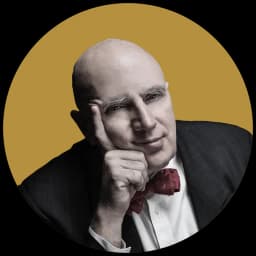One of Jazz’s Earliest Pioneers Finally Gets His Due
Scholar and cornetist Colin Hancock has just co-produced a remarkable two-CD package honoring the saxophonist Loren McMurray (1897-1922).
‘The Moaninest Moan of Them All: The Jazz Saxophone of Loren McMurray, 1920-1922’ (Archeophone Records)
Please check your email.
A verification code has been sent to
Didn't get a code? Click to resend.
To continue reading, please select:
Enter your email to read for FREE
Get 1 FREE article
Join the Sun for a PENNY A DAY
$0.01/day for 60 days
Cancel anytime
100% ad free experience
Unlimited article and commenting access
Full annual dues ($120) billed after 60 days

